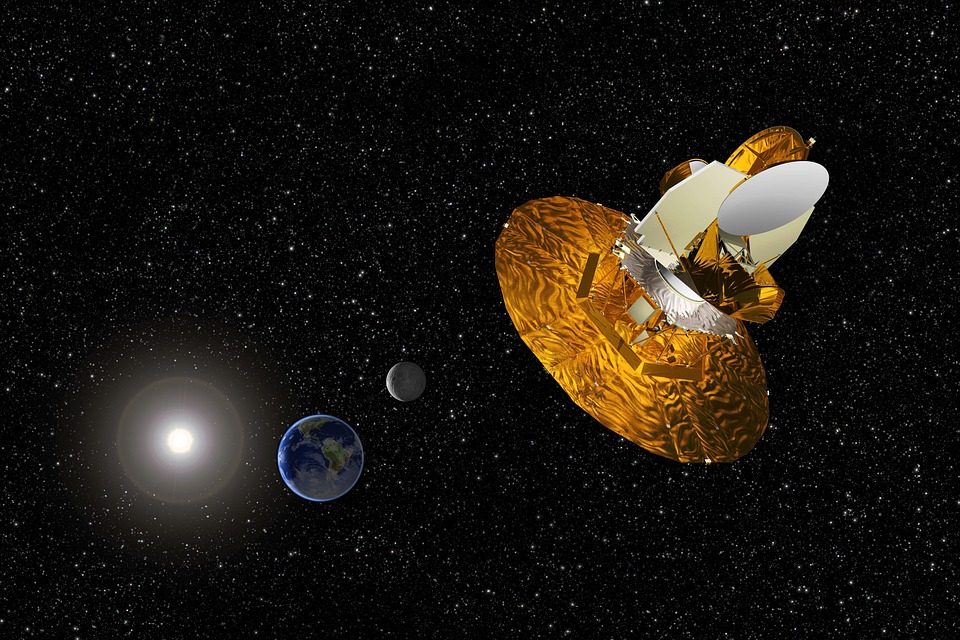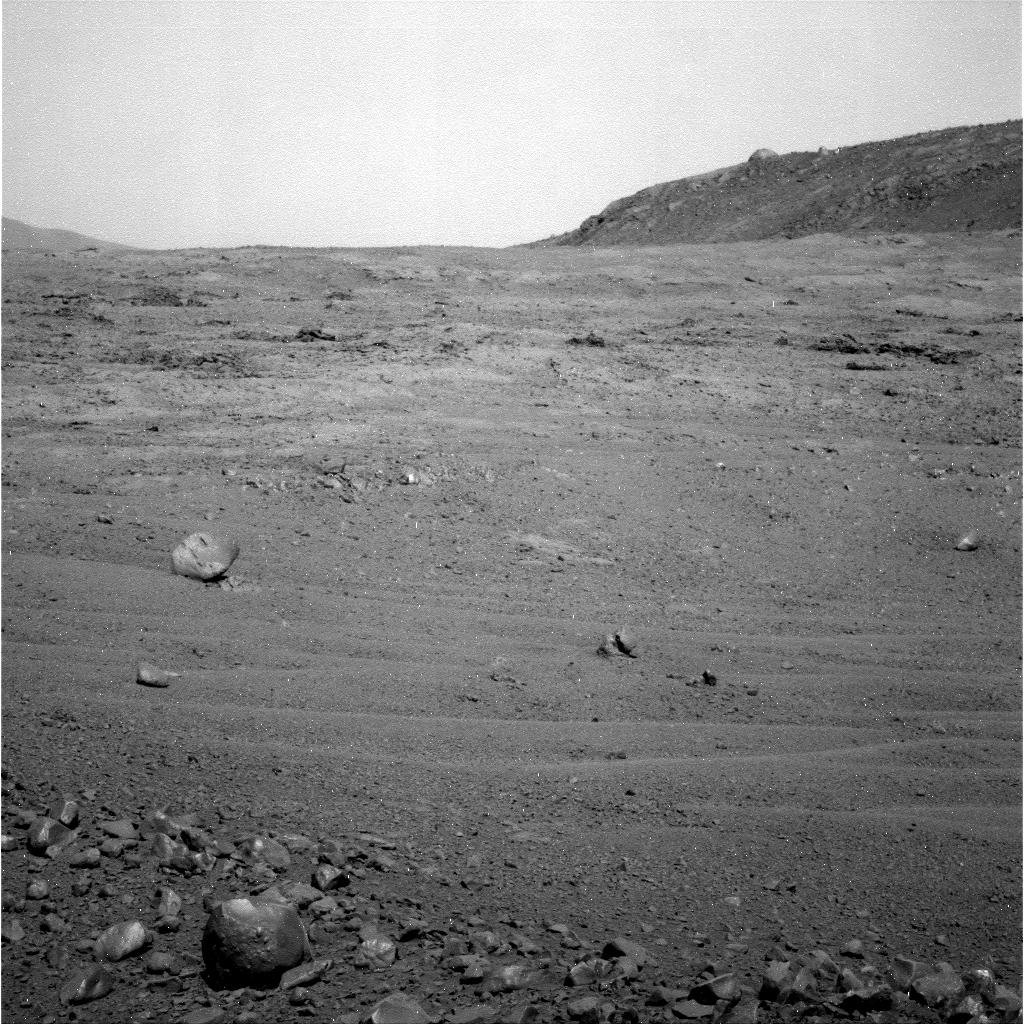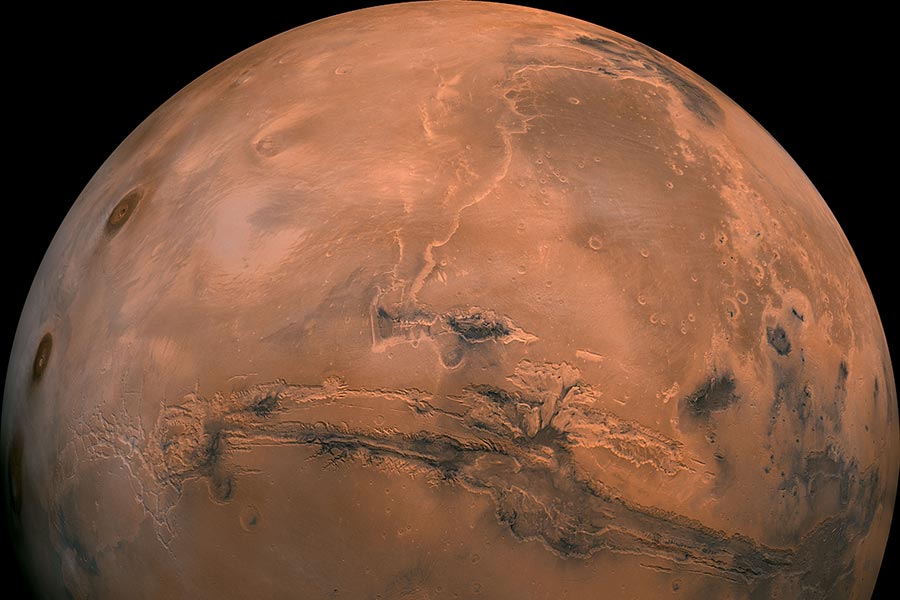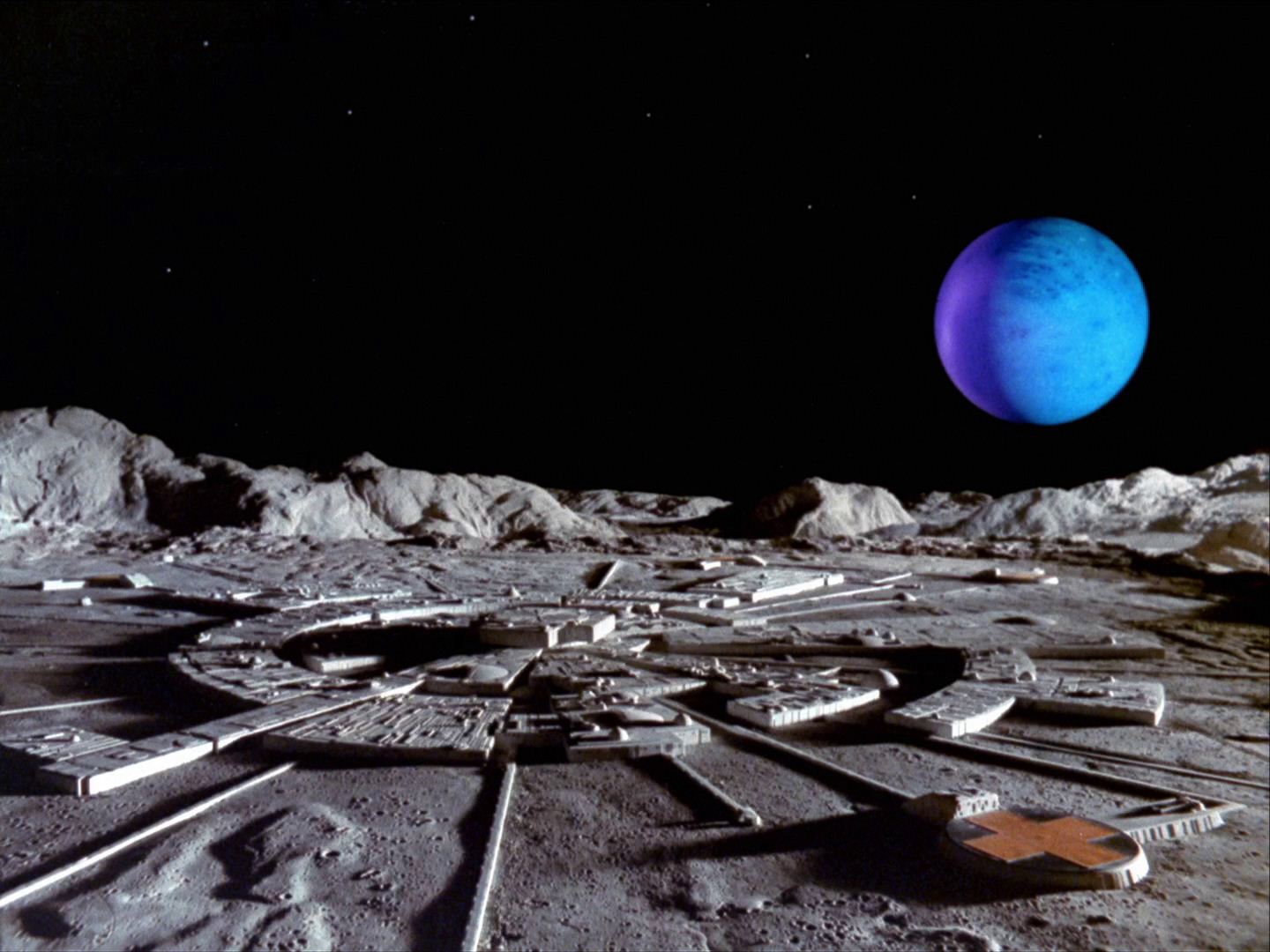Mars not only had rivers bigger than those on Earth; they flowed more recently than previously believed
09/01/2019 / By Edsel Cook
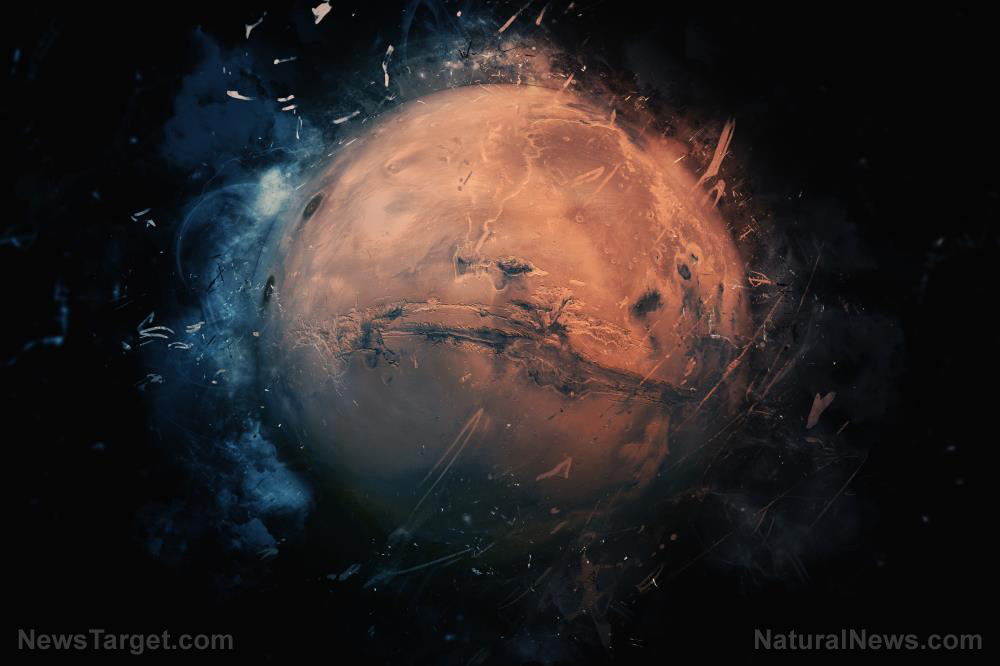
Mars might be a dry world now, but researchers recently described a different landscape more than a billion years ago. Back then, the Red Planet produced mighty waterways that dwarfed the Amazon River, the broadest body of water on Earth today.
Furthermore, the ancient Martian rivers might have lasted much longer than expected. There might have been an external factor that ensured the extended presence of liquid water on Mars.
Mars is not a hospitable place for water, much less its liquid form. The planet’s thin atmosphere and low levels of sunlight prevent it from getting enough heat to keep water from freezing or vaporizing.
As a result, researchers have always wondered how liquid water ended up on ancient Mars in the first place, much more remaining on the planet for long periods without getting vaporized by cosmic radiation.
A team from the University of Chicago presented their take on how the surface of Mars produced such massive rivers. They proposed that the ancient Martian waterways might have been replenished by heavy rains and atmospheric gases that trapped enough heat for precipitation.
Mars used to have waterways twice as wide as the Amazon River
The Chicago researchers theorized that the rivers on ancient Mars measured around twice the width of their widest Earth counterparts. Furthermore, they came across clues that massive amounts of water flowed across the surface of the planet from 3.6 billion years ago to as recently as one billion years ago.
NASA space probes sent back hundreds of orbital snapshots of these ancient waterways. And in 2012, the American space agency’s Curiosity rover also took photographs of pebbles that showed clear signs of getting shaped and smoothed out by the flow of a river that dried out billions of years ago.
The researchers concentrated on the images taken of more than 200 dry riverbeds on Mars. In particular, photographs that possessed elevation models provided plenty of evidence about the water on Mars and the climate that created it.
They found that water run-offs on Mars might have reached as much as 20 kg per square meter every day. Furthermore, the considerable amounts of running water appeared at hundreds of separate areas on the planet.
Based on their analysis of run-off data, the researchers concluded that the Martian rivers flowed nonstop. By extension, ancient Mars might have been warm enough to keep water in its liquid state. (Related: Satellite images of Mars show valleys and trenches where ancient rivers once flowed.)
The Red Planet may have relied on the greenhouse effect to keep water from freezing
Interestingly, the Chicago team suspected that Mars lost the majority of its atmosphere faster than previously believed. While assuring that their data might aid studies of the Martian climate, they also noted potential problems in combining their findings with models that used the older data.
In the future, researchers may need to add a powerful greenhouse effect to their computer models of the Martian climate. This heat-retaining effect allowed Mars to stay warm enough for water to remain in its liquid form instead of freezing into ice.
Chicago researcher Edwin Kite specialized in the history of Mars and the climates of other planets. The leader of the research team, he noted that their success made future investigations of Martian rivers and lakes more confusing.
“Indeed, even on ancient Mars, when it was wet enough for rivers some of the time, the rest of the data looks like Mars was extremely cold and dry most of the time,” explained Kite. “You would expect the rivers to wane gradually over time, but that’s not what we see.”
Sources include:
Tagged Under: Amazon river, ancient Mars, astronomy, Curiosity Rover, discoveries, liquid water, Mars, Martian lakes, Martian rivers, Martian waterways, outer space, red planet, research, Space, space exploration, water on Mars
RECENT NEWS & ARTICLES
COPYRIGHT © 2017 SPACE.COM
All content posted on this site is protected under Free Speech. Space.com is not responsible for content written by contributing authors. The information on this site is provided for educational and entertainment purposes only. It is not intended as a substitute for professional advice of any kind. Space.com assumes no responsibility for the use or misuse of this material. All trademarks, registered trademarks and service marks mentioned on this site are the property of their respective owners.











